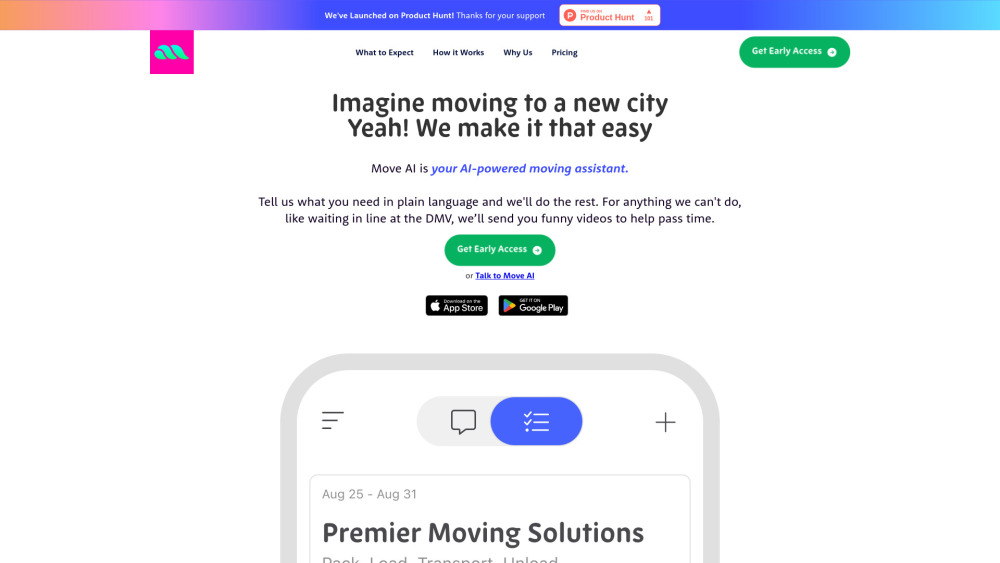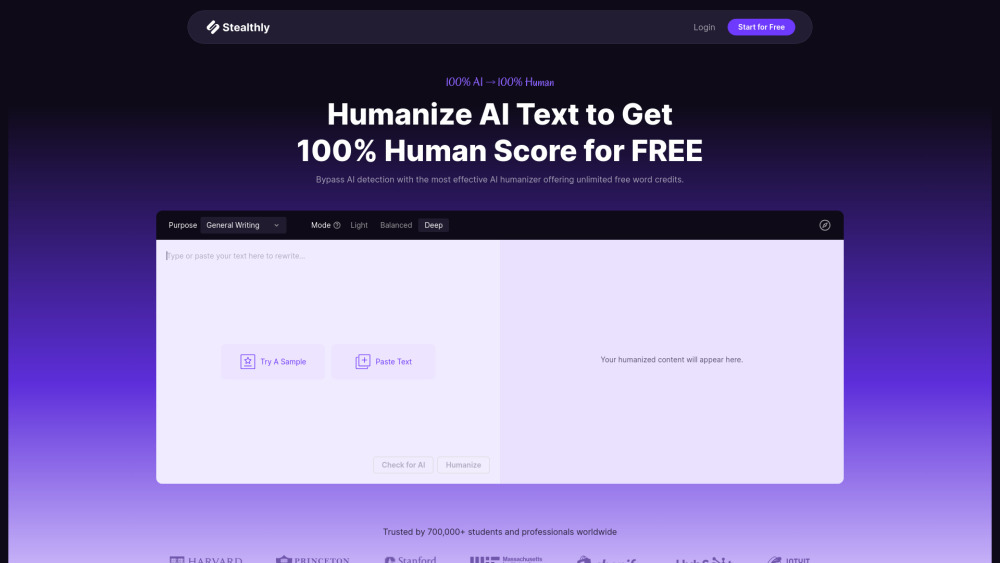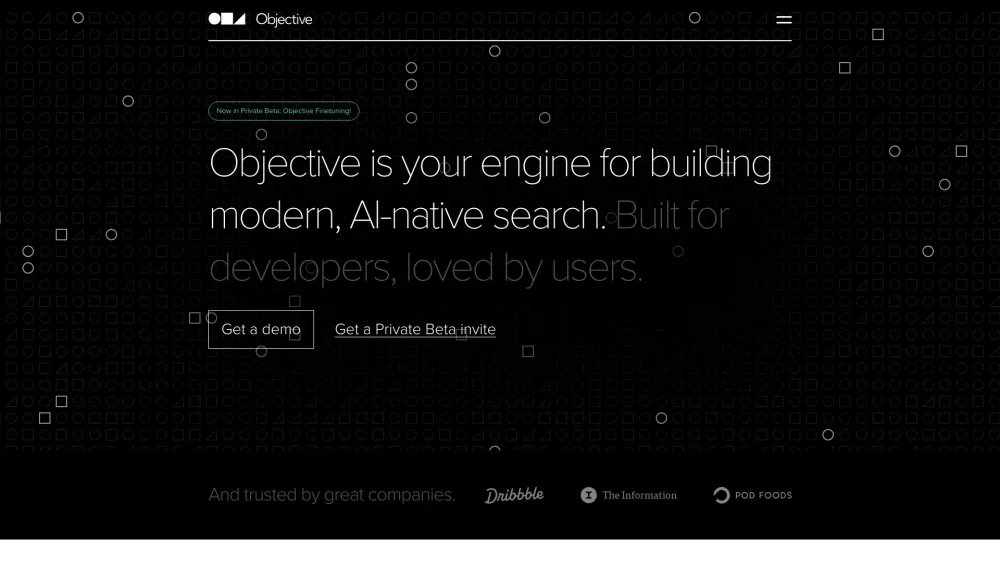Microsoft Announces Native Integration of 365 Copilot AI Into Edge Browser
Most people like

Are you overwhelmed by the thought of your upcoming move? Our AI-powered moving assistant is designed to simplify the relocation process, making it easier and more efficient. From organizing your moving tasks to finding the best services tailored to your needs, our intelligent platform offers personalized support every step of the way. Say goodbye to the chaos of moving and embrace a smoother, more enjoyable experience with our innovative AI technology. Let us help you turn your move into a seamless transition.

In today's digital landscape, creating high-quality content that resonates with readers is essential. An AI text humanizer is a powerful tool designed to transform AI-generated text into more natural, human-like language. This technology ensures your content remains engaging and authentic, making it nearly undetectable as machine-generated. By utilizing an AI text humanizer, you can enhance the readability and emotional impact of your writing, ultimately improving user experience and boosting your SEO rankings. Embrace the future of content creation with an AI text humanizer that elevates your work to new heights.

The New Black is an innovative website that harnesses the power of AI to create unique clothing designs, empowering designers to elevate their creativity and streamline their design processes.

Introducing our AI-native Search API designed specifically for web and mobile applications. Enhance your user experience with cutting-edge search functionalities that leverage artificial intelligence to deliver highly relevant results. Our API optimizes search efficiency, ensuring seamless integration and improved engagement for your applications. Unlock the power of intelligent search capabilities today!
Find AI tools in YBX
Related Articles
Refresh Articles
